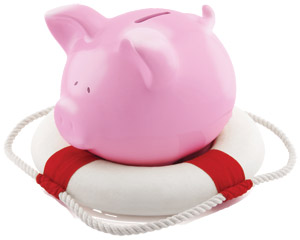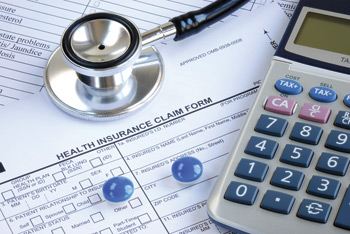
Given the current and past economic crisis, many businesses are in serious danger as revenues are falling and profits disappearing. While even leading economists disagree sharply as to the expected length of the current recession, they all certainly agree that the recession will end. The real question for many small businesses is whether they can survive long enough to feel the effect of the recently enacted economic stimulus and reach the recovery period.
A common myth in poor economic times is that tax planning is no longer necessary. This is a popular misconception as it seems reasonable to presume that as a business’ profits shrink, the taxes imposed upon the business owner and the business itself will also shrink or disappear altogether. Hence, as a business will incur little or no income taxes, no planning is necessary. Unfortunately, business owners who believe this myth are only increasing the probability that their businesses will not survive the recession.
In contrast, an educated business owner must understand that comprehensive tax planning is significantly more important in times of economic peril than in times of economic prosperity. Simply put, tax planning in good times may substantially increase overall profits, but tax planning in tough times is a matter of necessity, as it can mean the difference between a business surviving or collapsing. This is based on two simple points. First, tax planning can dramatically improve cash flow. Second, an owner must understand that income taxes are only a part of the overall business tax burden. Most businesses also incur substantial payroll tax, franchise tax and sales/use tax burdens, which are not based upon profits and therefore may not decrease during a recession.
Improving business cash flow
Whether during prosperity or peril, cash flow is always the lifeblood of a business. In the current recession, cash flow for many businesses has become extremely strained as revenues are declining, payments are received later and later and banks are tightening lending standards and reducing credit lines. Tax planning is critical, as many tax planning techniques can significantly improve cash flow by allowing a business or business owner to either reclaim taxes paid in previous years (reducing current-year taxes), defer taxes to a future year or allow other costs to be reduced.
Net operating losses
Unfortunately, many formerly profitable businesses incurred substantial losses in 2008 and may incur similar or greater losses in 2009. While no business owner wishes to incur losses, the potential benefits of planning for these losses cannot be ignored. In fact, these losses can provide immediate and current cash flow benefits as the Internal Revenue Code (IRC) allows businesses to apply current net operating losses to earlier tax years and claim a refund for taxes paid in these years. For example, if a corporation realized taxable income of $100,000 in 2007 (and a resulting tax liability of $22,250), but realized a net operating loss of $100,000 in 2008, the corporation can claim a refund of the $22,250 of taxes paid in 2007.
Recent legislation has expanded the opportunity to claim refunds from previous tax years. The IRC formerly allowed taxpayers to carry back losses for two years, but §1221 of the American Recovery and Reinvestment Act of 2009 allows a business to now carry back losses for three, four or five years to recover taxes paid in earlier years. It is extremely important for business owners and tax professionals to be aware that this provision allows the business owner to select the carryback period. This differs from previous provisions, which mandated a two-year carryback period or a five-year carryback period under post-9/11 provisions. Therefore, the business owner and his or her tax advisor must analyze whether a three-, four- or five-year carryback provision will result in the largest tax refund.
The extended carryback period and the specific period must also be affirmatively elected by the business within the specified time period. Failure to affirmatively elect the extended carryback period will allow a business to carry back losses only up to two years. This may substantially limit refund claims. Proper tax planning will ensure that all current-year losses are fully analyzed and the potential refunds maximized.




